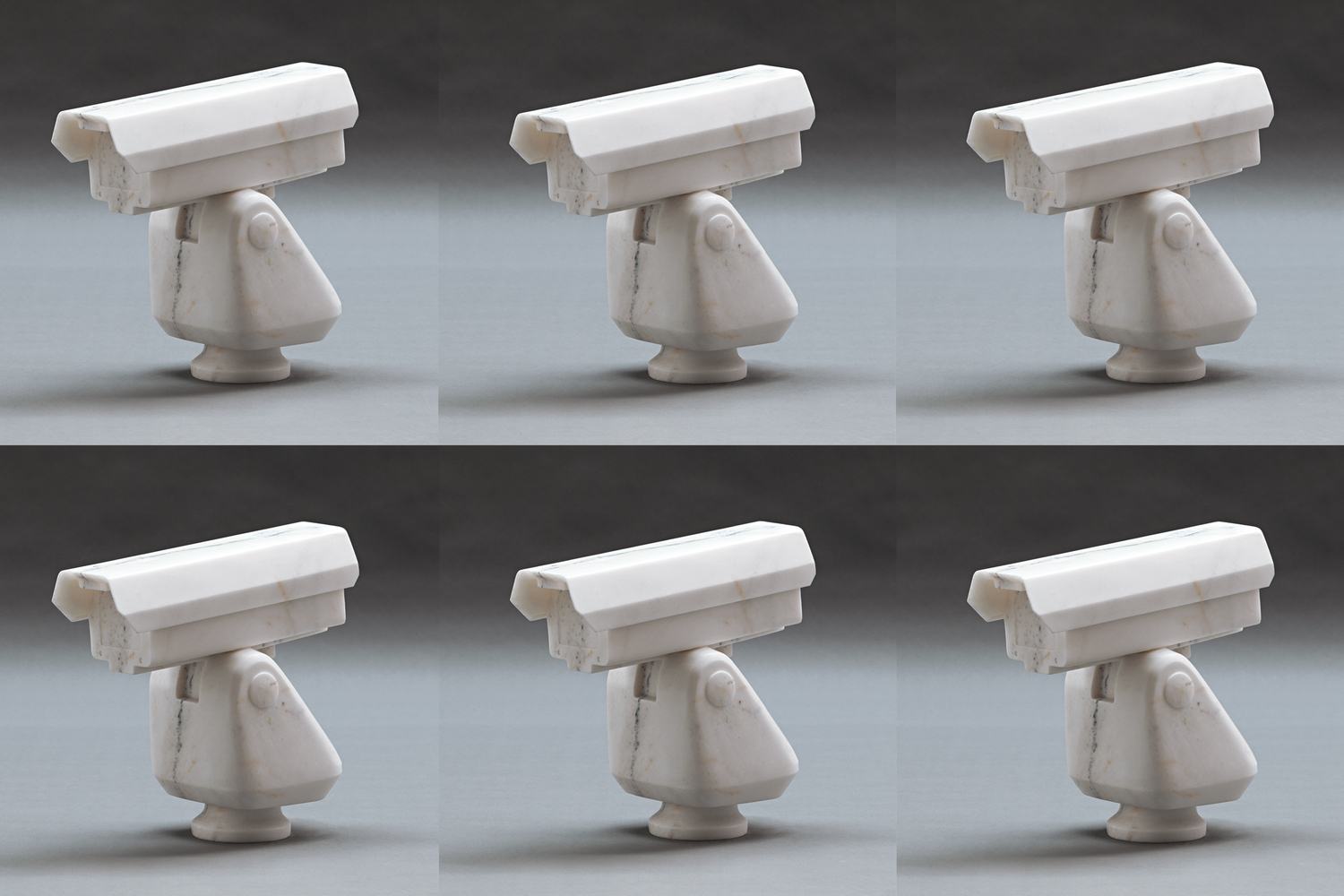State of Surveillance,” a new report from ChinaFile, relies on an analysis of a new database of some 76,000 publicly available Chinese government procurement notices related to the purchases of surveillance technology and services across China between 2004 and mid-May 2020, the most comprehensive accounting of China’s surveillance build-up to date.
The reporting relies on both quantitative analysis of the entire dataset, as well as close readings of the often lengthy and richly detailed supplemental documents that accompany lists of desired purchases.
Key Takeaways:
Purchases of Surveillance Technology and Services Have Grown Rapidly All Across China
- The number of procurement notices for surveillance-related equipment and services grew by nearly 1,900 percent from 2010 to 2019.
- Authorities in at least 998 counties—one third of all counties in China—in nearly every corner of the country purchased surveillance equipment of some type in 2019 alone.
- More than 14 billion renminbi (U.S.$2.1 billion) has been spent in the last five years on the nationwide surveillance campaign known as “Project Sharp Eyes,” a figure which doesn’t include spending on other surveillance projects.
Chinese Officials Nationwide View Surveillance as a Critical Element of Governance
- Officials at both the central and local levels crave the ability to penetrate ever deeper into Chinese citizens’ private lives, animated by fear of a population on the move. They hope, as one procurement notice put it, for a “breakthrough in addressing the difficult problem of how to control people.”
- Officials in one town planned to position facial recognition cameras to capture their neighbors engaging in “basic needs” like shopping for groceries, taking the bus, or visiting a doctor’s office.
- In other locations, officials are seeking new technologies, such as versions of “predictive policing” that aim to forecast which citizens could be potential troublemakers.
- Several procurement documents use identical language to describe the nature of the problem their purchases are intended to address: “Given the growing openness of society, the increasing convenience and speed of transportation infrastructure, and the widespread adoption of various emerging communication technologies, people with all kinds of interests can cross jurisdictions to band together, stir up trouble, and assemble illegally.”
Surveillance in China Relies on a Still Fragmented and Limited System
- China’s government is fully aware of weaknesses in the system. Gaps in the overall surveillance system—between bureaucracies, between superior and subordinate offices, between projects, and between technologies—as well as a lack of standardization mean that the Chinese government does not have a seamless dragnet or perfect panopticon, as some observers have speculated.
- No single database contains all the country’s surveillance data. But ChinaFile found extensive evidence that officials around the country understand the limitations of the system’s integration and are actively working to overcome them.
What Sets Xinjiang Apart and What Doesn’t
- Despite extreme levels of surveillance in the Xinjiang Uighur Autonomous Region, ChinaFile found evidence that the same surveillance schemes in use in Xinjiang are also being used in other parts of the country, suggesting that all of these surveillance systems have more in common than many Chinese citizens probably understand.
- Monitoring in Xinjiang is far more invasive than elsewhere in China, mainly due to who is being targeted. Authorities in Xinjiang direct their attention to all members of particular ethnic and religious groups, meaning that a much larger percentage of the population is under constant watch.
A Unified Ambition
- Throughout China, from large cities to small towns, whether they are assessing residents’ basic needs or trying to predict future behavior, officials engaged in surveillance are pursuing a single goal: to keep China’s citizens under near-constant watch.
- Even if the system never reaches its intended apogee, it doesn’t need to work perfectly to be an effective means of control. The Chinese government already possesses the most agile, invasive, and omnipresent surveillance capabilities in the world.




